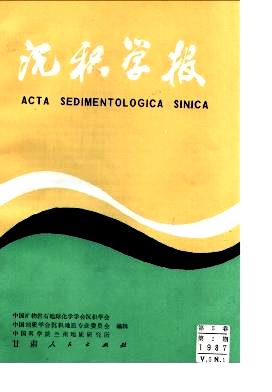THE SELECTION OF EVALUATION MODES OF OIL AND GAS RESOURCES
- Received Date: 1984-09-08
- Publish Date: 1987-03-10
Abstract: There are at least dozens of modes to evaluate oil and gas resources. The selection of the evaluation methods must be based on the geologic conditions of a certain area, since the restrictive applicability of each method has been recognized. This paper summarized seven modes which are commonly used. 1. Geologic analigosm: It is known that the resource capacity of a sedimentary basin basically relys on geologic factors of the basin. So that area A should have the similar resource capacity to that of area B when area A and B have similar geologic conditions, even though area A and area B are respectively in early stage and mature stage of exploration. 2. Volume mode: This method lies estimating oil and gas resources of a sedimentary basin on the density parameters(i. e. oil and gas reserves in per unit volume Ton Cubic kilometer). 3. Average volume-velocity method. According to statistics, it is known that there is an increase of logarithmic linear function between the resource capacity of a sedimentary basin and its average volume-velocity. 4. Trap volume method: This is an important method to evaluate the resources in single trap, local structure system and trap group. 5. Material balance mode: This mode is based on that the algebraic sum of the volume variation of oil, gas and water should be zero within an oil and gas accumulation. 6. Montcalo model. This is a kind of statistical distribution models. 7. Oilfield-scale sequence mode: The whole scale, numbers and final reserves of an oilfield can be prodicted by the reserve survey of several giant oilfields and the sequence of their scale within the basin. According to different stages of exploration and geology of the study area, different method should be selected in resource evaluation.
| Citation: | Song Zhixiang. THE SELECTION OF EVALUATION MODES OF OIL AND GAS RESOURCES[J]. Acta Sedimentologica Sinica, 1987, 5(1): 104-113. |






 DownLoad:
DownLoad: